What myths shouldn’t you believe aboutdiamonds?
And what comes to mind when you think of diamonds?
Do you automatically land on engagement rings and sparkly tiaras?
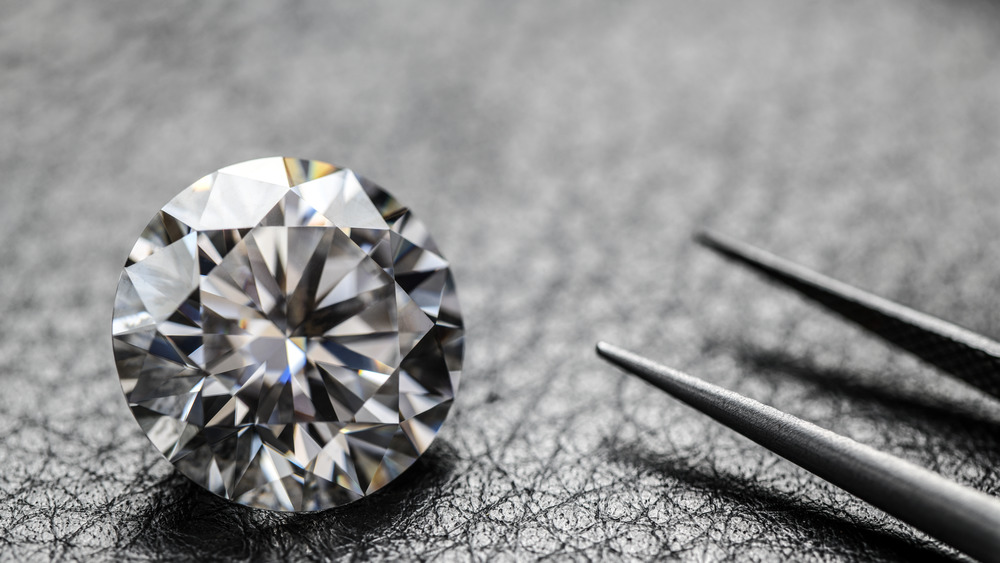
Perhaps you think of Marilyn Monroe’s dazzling performance inGentlemen Prefer Blondes?
Or do you ponder the ethics of diamond mining and the way it impacts both people and the environment?
Though diamonds have been around for centuries, they seemed to have retained their sense of enigma.
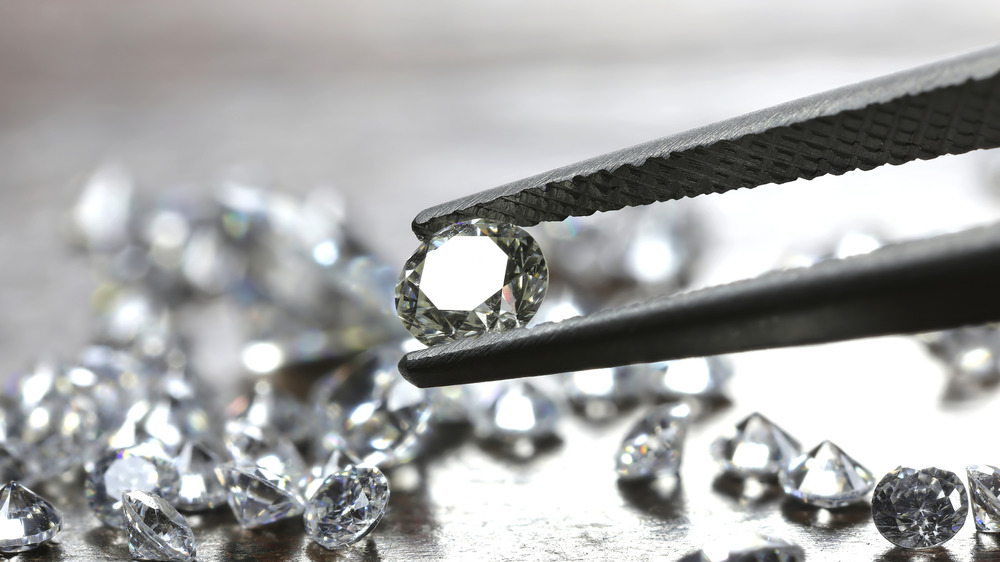
And whether you love them or hate them, you have to admit that diamonds are pretty spectacular.
That being said, how much do you really know about diamonds?
And most importantly, how much of what you think is true is actually a myth?
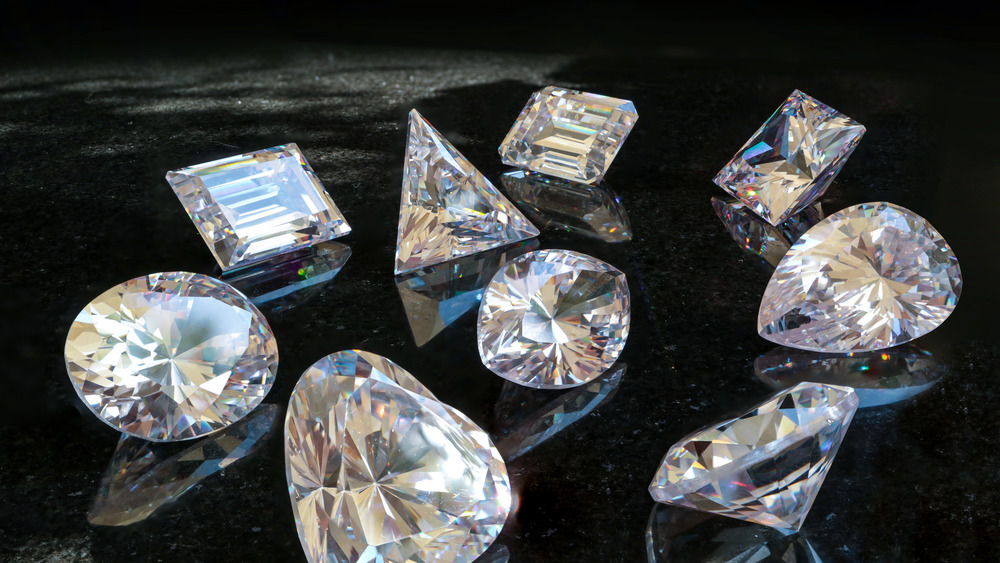
Read on to find out what is and isn’t true about diamonds.
The Guardianreports that several companies (including Clean Origin) now specialize in lab-created diamonds.
Alexander Weindling, who co-founded Clean Origin, was actually born into a family of diamond merchants.
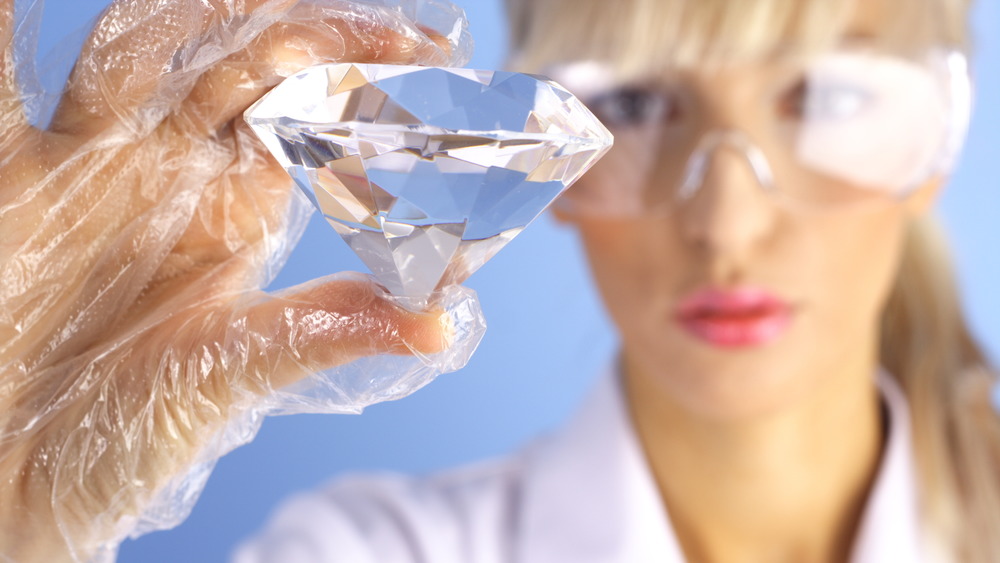
This might be why lab-grown diamonds all have “LG” inscribed at the bottom.
This reportedly adds “layers to the diamond over a number of days.”
Diamonds are rare
You’ll be forgiven for assuming diamonds are rare.
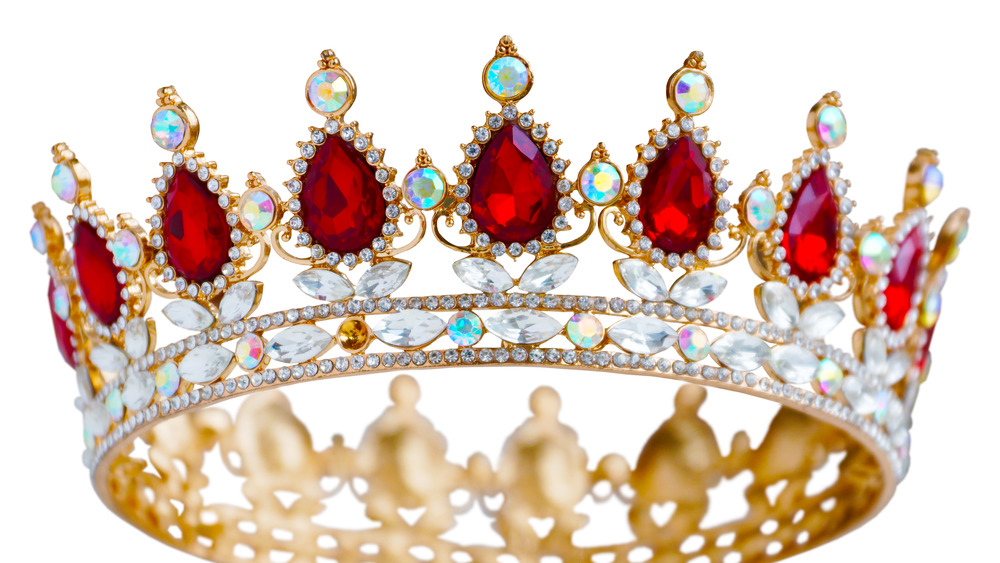
In actual fact, diamonds aren’tnearlyas rare as they are marketed to be.
And how did they do this, you ask?
They increased the demand for diamonds through clever marketing, and also controlled the supply.
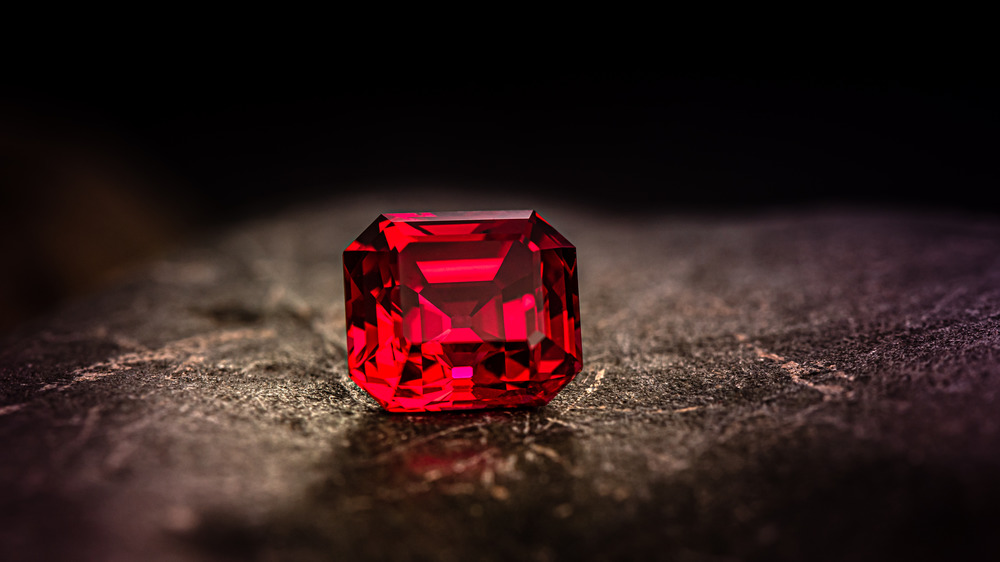
The most flawless diamonds are naturally made
Natural isn’t always best.
As technology advanced, however, so did the quality of lab-grown diamonds.
Nowadays, a method called chemical vapor deposition (CVD) is used to produce lab-grown diamonds.
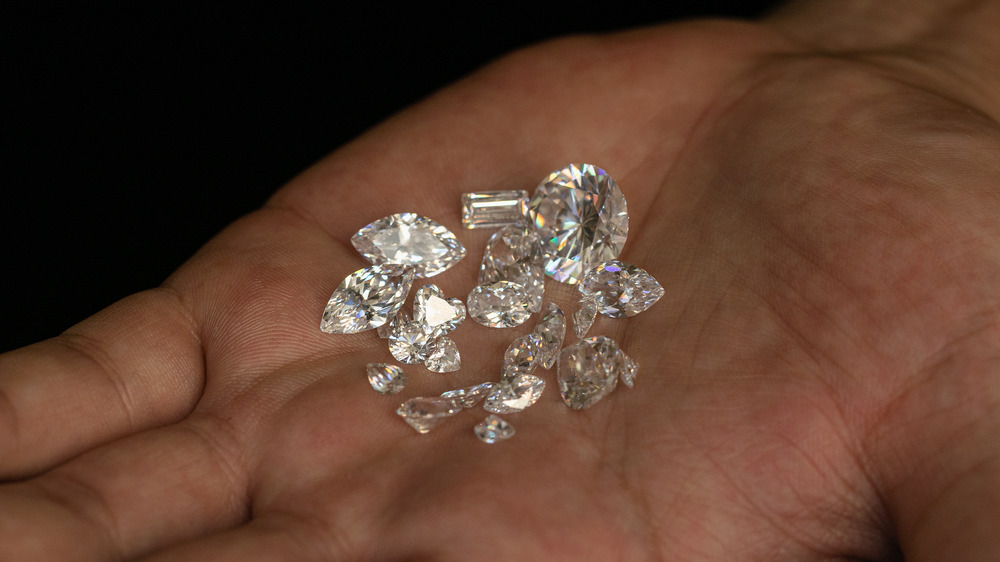
The method is actually thought to mimic “how diamonds might form in interstellar gas clouds.”
This method is the oldest lab-produced diamond technique, and is known to be faster than the CVD method.
It is reportedly easier to produce clearer diamonds with the HPHT method.
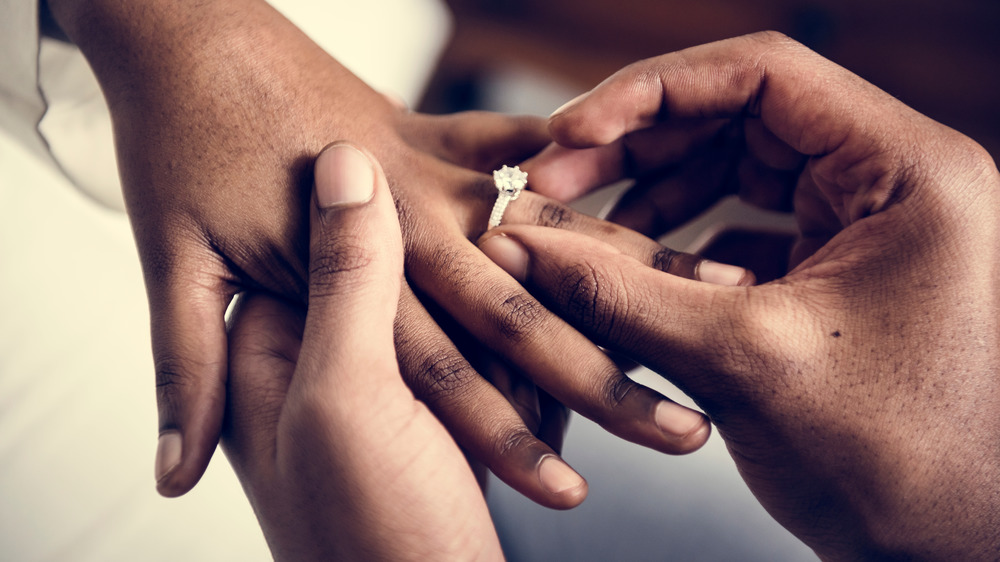
Knowing this, it’s easy to presume that all diamonds are white.
However, brace yourselves for some mind-blowing news: this isn’t true.
According to theGemological Institute of America (GIA), diamonds actually come in a wide array of colors.
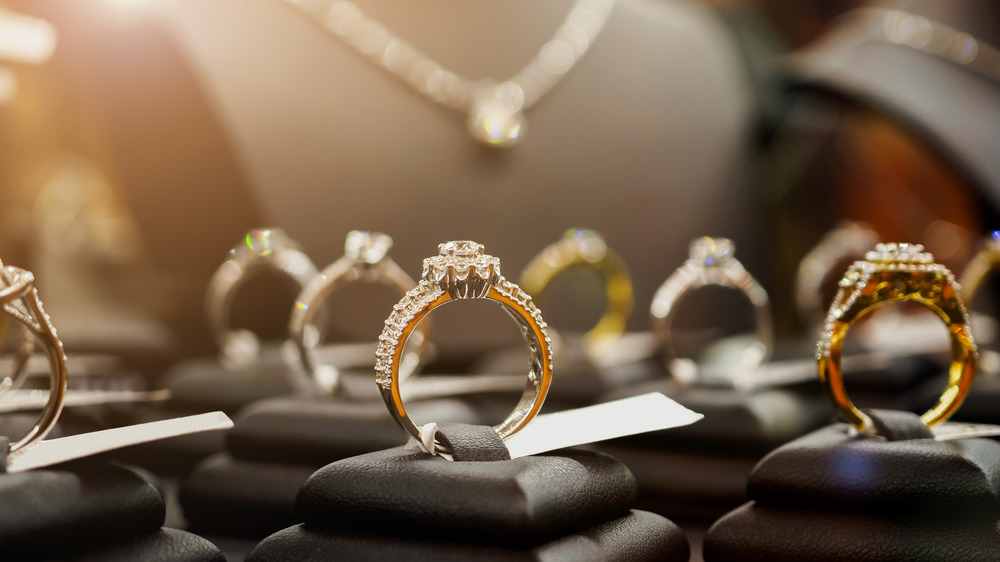
GIA reports that “very slight color differences can have a big impact on value.”
Diamonds with blue or red hues are actually considered extremely rare.
In fact,the most expensive diamond in the worldis a “blue moon” diamond.
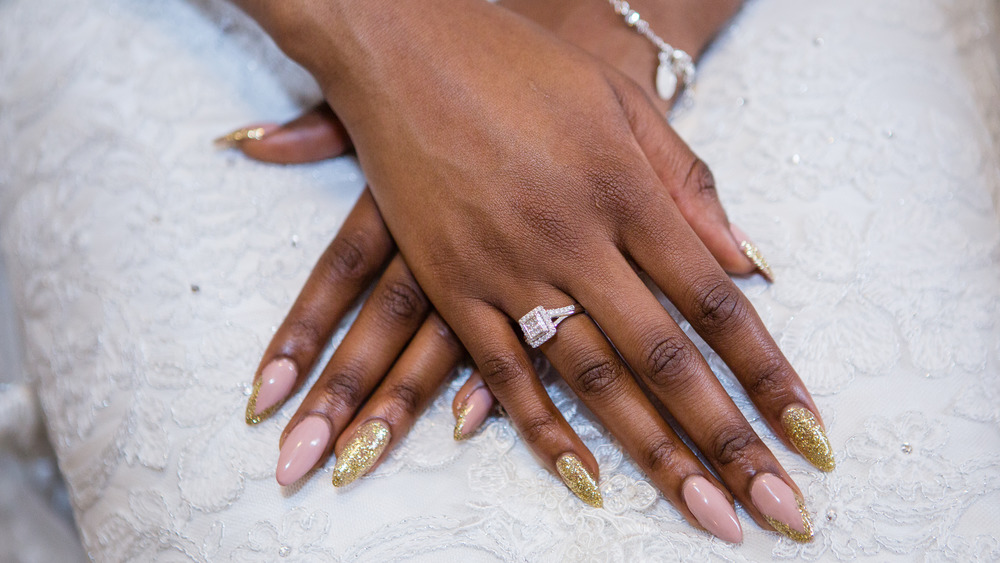
Traditional white diamonds are the most valuable gems around
Diamonds are expensive.
But contrary to popular opinion, white diamonds are not the most valuable gems around.
Diamonds last for all eternity
Remember theJames BondfilmDiamonds Are Forever?
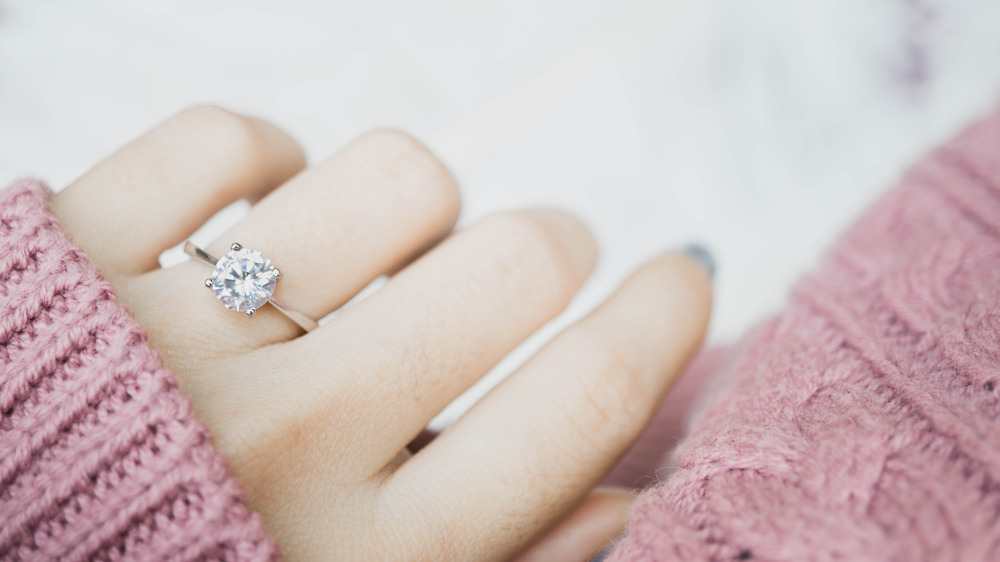
Diamonds and graphite are both made of the same punch in of atom carbon arranged in different ways.
Thankfully, this only shows up when there’s some sort of very intense heat applied to diamonds.
Fortunately, there are some tips for those hoping to purchase a diamond.
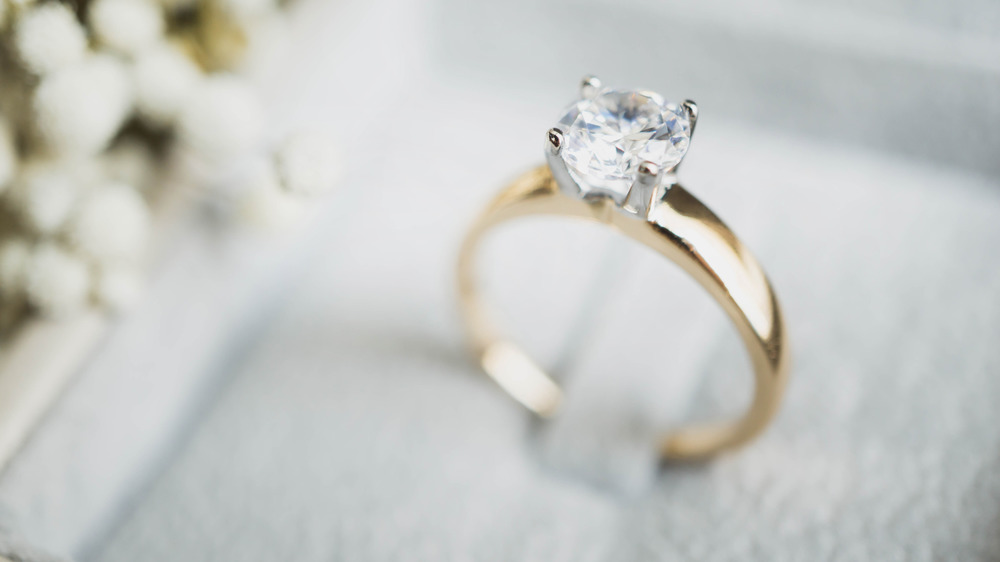
Diamonds graded G or H will likely give you the best value of money.
Vintage Victorian and art deco rings reportedly hold value a little better than modern rings.
Nowadays, around three out of every four American brides-to-be receive a diamond engagement ring, according toThe Atlantic.
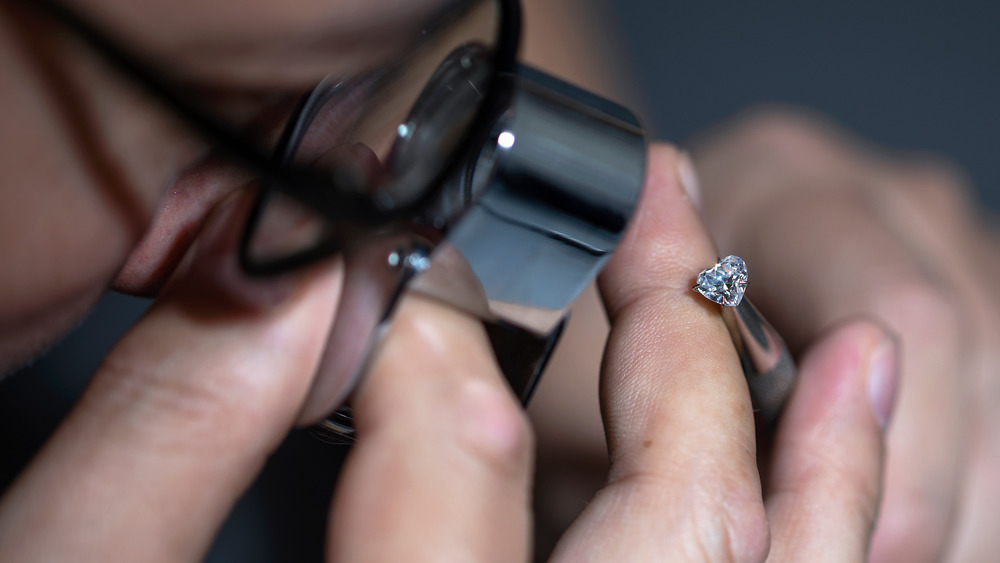
The marketing campaign, and the ones they followed, worked.
Lovers of colored stones (and those with tighter budgets) will likely be delighted to hear this news.
Carat weight is the global standardized measurement of the weights of gems including diamonds.
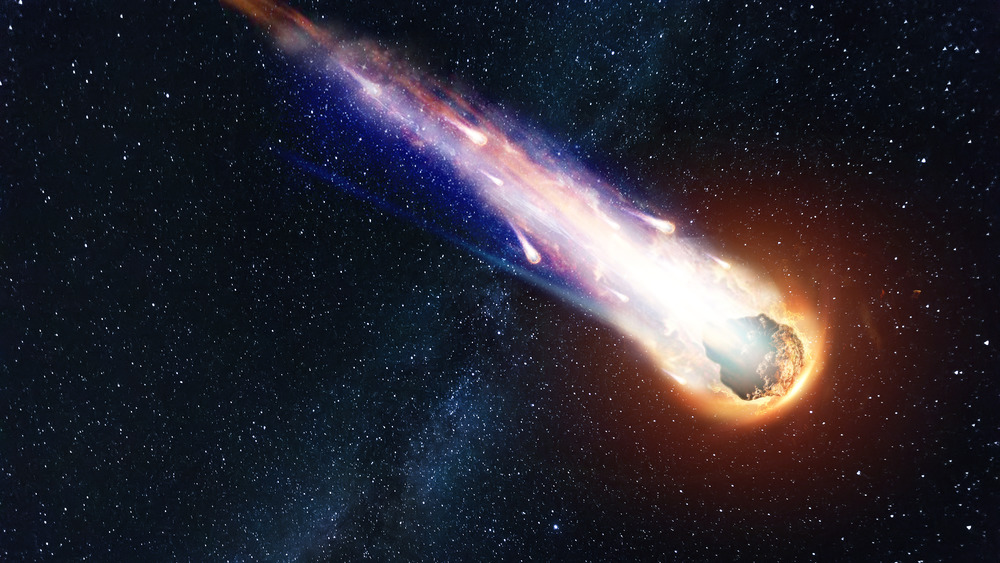
A single carat reportedly weighs around 0.2 grams.
There’s no point owing a giant diamond if it isn’t bright and sparkly, right?
That’s right,your ring’s diamond cut says a lot about you!

Size isn’t everything, ladies!
For more about cuts, here’severy bang out of diamond cut explained.
Diamonds are renowned for their hardness thanks to their “very compact crystal structure.”
They are also considered to be incredibly stable and are not vulnerable to acids.
Thankfully, a hot summer day won’t have any effect on these sparkly stones.
Unfortunately, diamonds aren’t as tough as some of us might assume.
According toThe Guardian, lab-grown diamonds result in far less environmental damage than their mined counterparts do.
Lab-grown diamonds aren’t really capable of causing that kind of impact.
This means both types of diamonds aren’t great for the environment.
If you’re concerned about value for money, perhaps lab-grown diamonds are the better option of the two.
In actual fact, however, this’s not true at all.
There’s certainly more to diamonds than meets the eye!
Could this mean there are other planets across the universe with an untapped supply of diamonds?
Only time (and extensive scientific research) will tell.
That’s right, the stuff you find in pencils is made of theexact sametype of atom as diamonds.
How is this possible, you ask?
This is reportedly what creates the hardness, strength, and durability diamonds are known for.
This is why graphite can be used in pencils, and is softer and more slippery than diamonds.